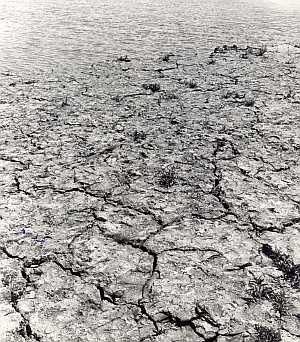Tis the season of portable energy. Phones, radios, toys all perform commanded functions given a supply of electrical energy. A common type is the 23 grams AA alkaline dry cell battery.
So expedient are these that the US produces over 3 billion dry cell batteries annually. Assuming all are alkaline, they consume about 1.38e6kg of Zinc, another 1.38e7kg of Iron and 1.725kg of Manganese. The remainder is electrolyte, plastic and paper carbon.
The energy cost of this material includes mining from the Earth, refining, transporting, fabricating, transporting, distributing, transporting, and, if lucky, recycling. All this effort is to annually provide 4.37e13 Joules (for all 3 billion batteries at 2700mAh).
If the same energy was available as food it would feed about 12000 people over the year. Yet there is no way that 12000 people could, unassisted by machines, ever make 3 billion batteries a year. Is this unbalanced application of energy wise or sustainable?

